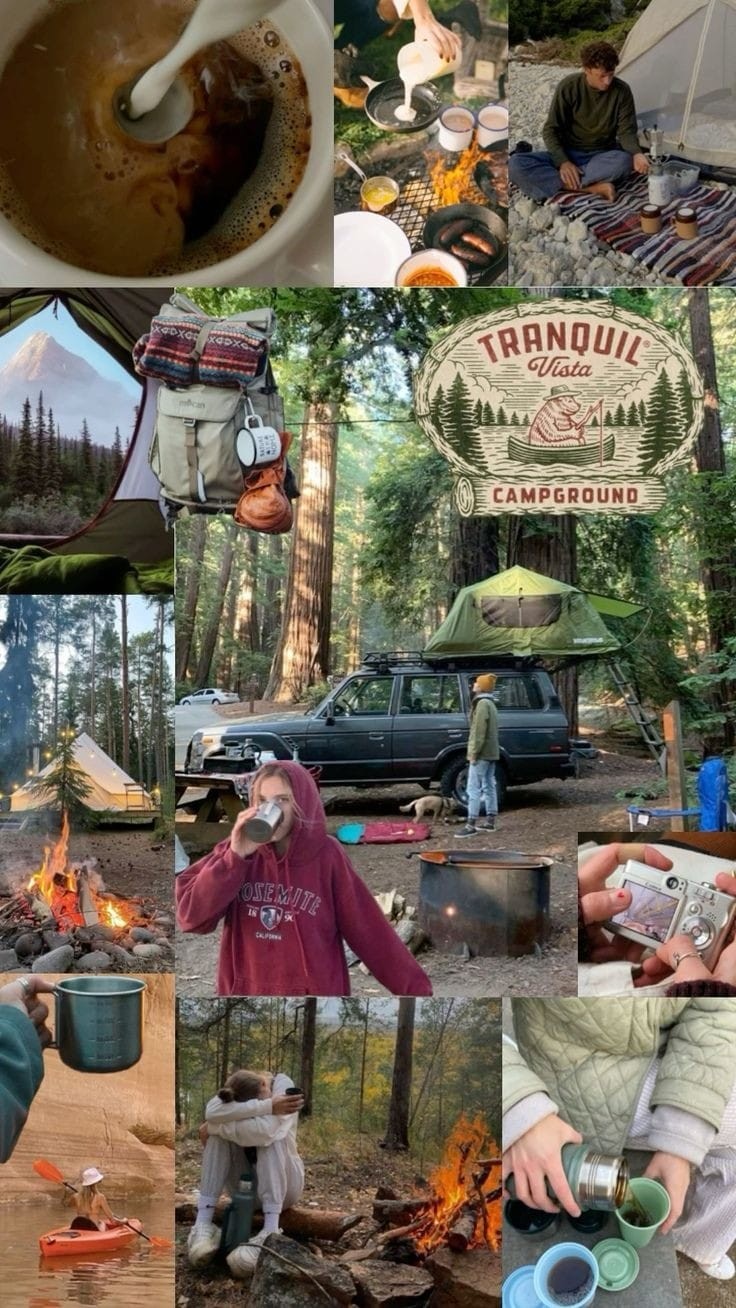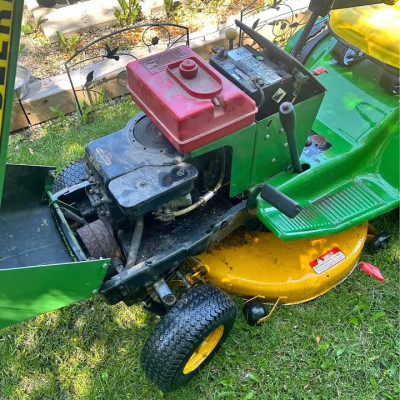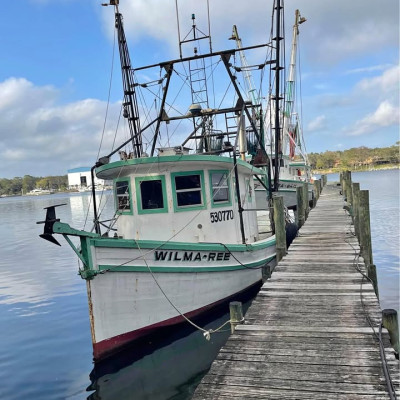Embracing the Great Outdoors: A Guide to Camping
Camping is a cherished tradition for many, offering an opportunity to connect with nature, unwind from daily routines, and create lasting memories. Whether you're a seasoned camper or a first-timer, embracing the outdoors can be both exhilarating and calming. Here’s a comprehensive guide to help you make the most of your camping adventure.
1. Planning Your Trip
Choose Your Destination:
Selecting the right campsite is crucial. Decide whether you prefer a backcountry adventure or a more comfortable stay at a developed campground. Research various locations based on your interests, whether it’s hiking trails, fishing spots, or serene lakes.
Check the Weather:
Weather conditions can make or break your camping experience. Check the forecast leading up to your trip and be prepared for sudden changes. Pack appropriate clothing and gear based on the weather.
Make Reservations:
Popular campsites can fill up quickly, especially during peak seasons. Book your spot in advance to secure your place and avoid last-minute disappointments.
2. Essential Gear and Packing
Shelter and Sleeping:
A reliable tent is essential for protection against the elements. Ensure it’s suitable for the number of people and the conditions you’ll face. Don’t forget a good sleeping bag and a comfortable sleeping pad to get a restful night’s sleep.
Cooking Supplies:
Bring a portable stove or grill, cookware, and utensils. Plan your meals ahead and pack easy-to-cook and nutritious food items. Also, consider bringing a cooler for perishables and a method for cleaning up.
Clothing and Personal Items:
Dress in layers to adjust to changing temperatures. Waterproof gear is important for unexpected rain. Pack sunscreen, insect repellent, and personal hygiene items.
Safety and Navigation:
Carry a first-aid kit, map, and compass or GPS device. It’s also wise to inform someone of your itinerary and expected return date.
3. Setting Up Camp
Choose a Spot:
Pick a flat area for your tent, ideally away from potential hazards like falling branches or flooding zones. Follow campground guidelines to avoid disrupting the environment.
Assemble Your Tent:
Set up your tent according to the instructions, ensuring it’s securely anchored. Organize your gear inside to keep your campsite tidy and functional.
Build a Fire (If Permitted):
If campfires are allowed, build a fire in designated fire rings. Follow fire safety guidelines, and ensure the fire is fully extinguished before leaving.
4. Enjoying the Outdoors
Explore and Engage:
Take advantage of hiking trails, swimming spots, and wildlife viewing. Engage in activities like fishing, birdwatching, or simply relaxing by the campfire.
Respect Nature:
Follow the Leave No Trace principles by packing out all trash, minimizing your impact on the environment, and respecting wildlife. Stay on marked trails and avoid disturbing natural habitats.
Social and Recreational Activities:
Camping is a great time for socializing. Play games, share stories, and enjoy the company of fellow campers. Engage in activities that foster connection and relaxation.
5. Breaking Camp
Pack Up Efficiently:
When it’s time to leave, pack up your gear systematically. Make sure to leave the campsite as you found it, or even better.
Check for Lost Items:
Do a thorough check to ensure you haven’t left anything behind. Double-check tent areas, cooking spots, and storage places.
Reflect and Plan:
Take a moment to reflect on your experience and plan for future trips. Consider what worked well and what could be improved for next time.
Conclusion
Camping is more than just an outdoor activity; it’s an opportunity to disconnect from technology and reconnect with nature and loved ones. With the right preparation and mindset, you can enjoy a memorable and fulfilling camping experience. Embrace the adventure, cherish the simplicity, and let the great outdoors offer its own special kind of peace and joy.
#camping






